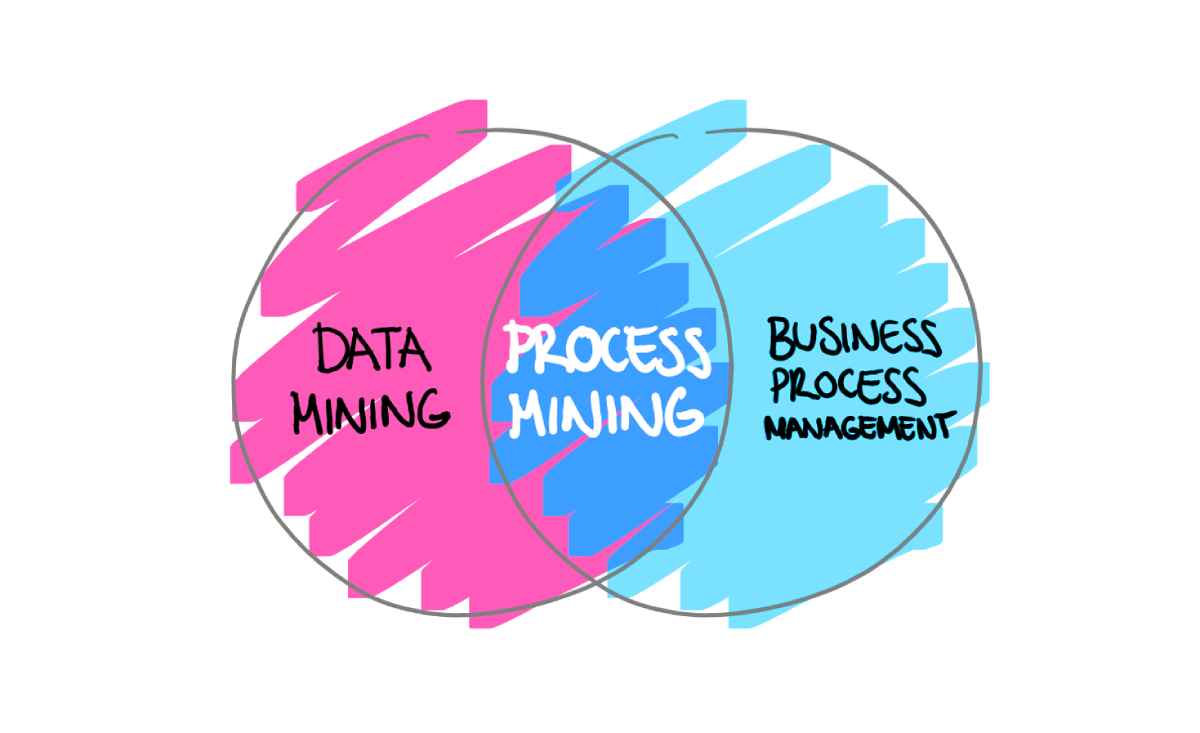In Business Intelligence & Analytics
Unlock process mining tool selection insights. Compare Celonis and UiPath, explore types, pros, and cons. Make informed choices!

Management

Process mining has emerged as a powerful technique for analyzing and improving business processes by extracting insights from event logs. With the increasing demand for process optimization and automation, the choice of the right process mining tool becomes crucial for organizations. However, navigating through the plethora of available tools can be daunting. In this article, we'll delve into the types of process mining tools, compare them, highlight their pros and cons, discuss how companies can choose the right tool, and conclude with key takeaways.
Types of Process Mining Tools
1. Discovery-Centric Tools
These tools primarily focus on automatically discovering process models from event logs.
Pros:
- Automation of process discovery reduces manual effort.
- Suitable for analyzing complex processes with large event logs.
Cons:
- May generate overly complex models that are difficult to interpret.
- Limited support for process conformance checking and enhancement.
2. Conformance-Centric Tools
These tools compare existing process models with event logs to identify deviations and conformance issues.
Pros:
- Facilitates compliance monitoring and auditing.
- Helps in identifying bottlenecks and inefficiencies.
Cons:
- Limited support for discovering new process variants.
- May require a well-defined process model as input.
3. Enhancement-Centric Tools
These tools focus on enhancing existing process models using event log data.
Pros:
- Enables continuous process improvement by incorporating real-world data.
- Helps in optimizing process performance and resource utilization.
Cons:
- Requires a good understanding of process mining concepts and techniques.
- May not be suitable for organizations with immature process management practices.
Tool Comparison: Celonis vs. UiPath
In the realm of process mining, two prominent tools often come into focus: Celonis and UiPath.
Celonis
Celonis is a leading process mining software that offers comprehensive process analysis and optimization capabilities.
Pros:
- Advanced process discovery and visualization features.
- Robust conformance checking and root cause analysis functionalities.
- Integration with various data sources and enterprise systems.
Cons:
- Steeper learning curve for users with limited process mining experience.
- Higher cost compared to some other alternatives.
UiPath
UiPath offers a suite of automation tools, including process mining capabilities through its Task Mining solution.
Pros:
- User-friendly interface with intuitive process mapping and analysis tools.
- Seamless integration with UiPath's automation platform for end-to-end process automation.
- Flexible deployment options, including cloud and on-premises.
Cons:
- Limited advanced process analysis features compared to specialized process mining tools.
- May require additional customization for complex process analysis scenarios.
For a more in-depth comparison between Celonis and UiPath's process mining capabilities, you can refer to Trinetix.com.
Choosing the Right Process Mining Tool
When selecting a process mining tool, companies need to consider several factors:
1. Business Objectives: Understand the specific goals and requirements of process analysis and improvement initiatives.
2. Data Sources: Assess the availability and quality of event logs and other relevant data sources.
3. Process Complexity: Consider the complexity and variability of the processes to be analyzed.
4. User Expertise: Evaluate the expertise and skill level of users who will interact with the tool.
5. Integration Capabilities: Determine the tool's compatibility with existing IT infrastructure and systems.
6. Vendor Support: Assess the reputation, reliability, and support services offered by the tool vendor.
7. Cost: Consider the total cost of ownership, including licensing fees, implementation costs, and ongoing maintenance expenses.
By carefully evaluating these factors, organizations can identify the most suitable process mining tool that aligns with their needs and objectives.
Conclusion
Choosing the right process mining tool is critical for organizations seeking to streamline operations, improve efficiency, and enhance decision-making. By understanding the types of process mining tools available, comparing their features, and considering key factors such as business objectives, data sources, and user expertise, companies can make informed decisions that drive meaningful process improvements. Ultimately, selecting the right tool empowers organizations to unlock the full potential of process mining and achieve sustainable business success.

